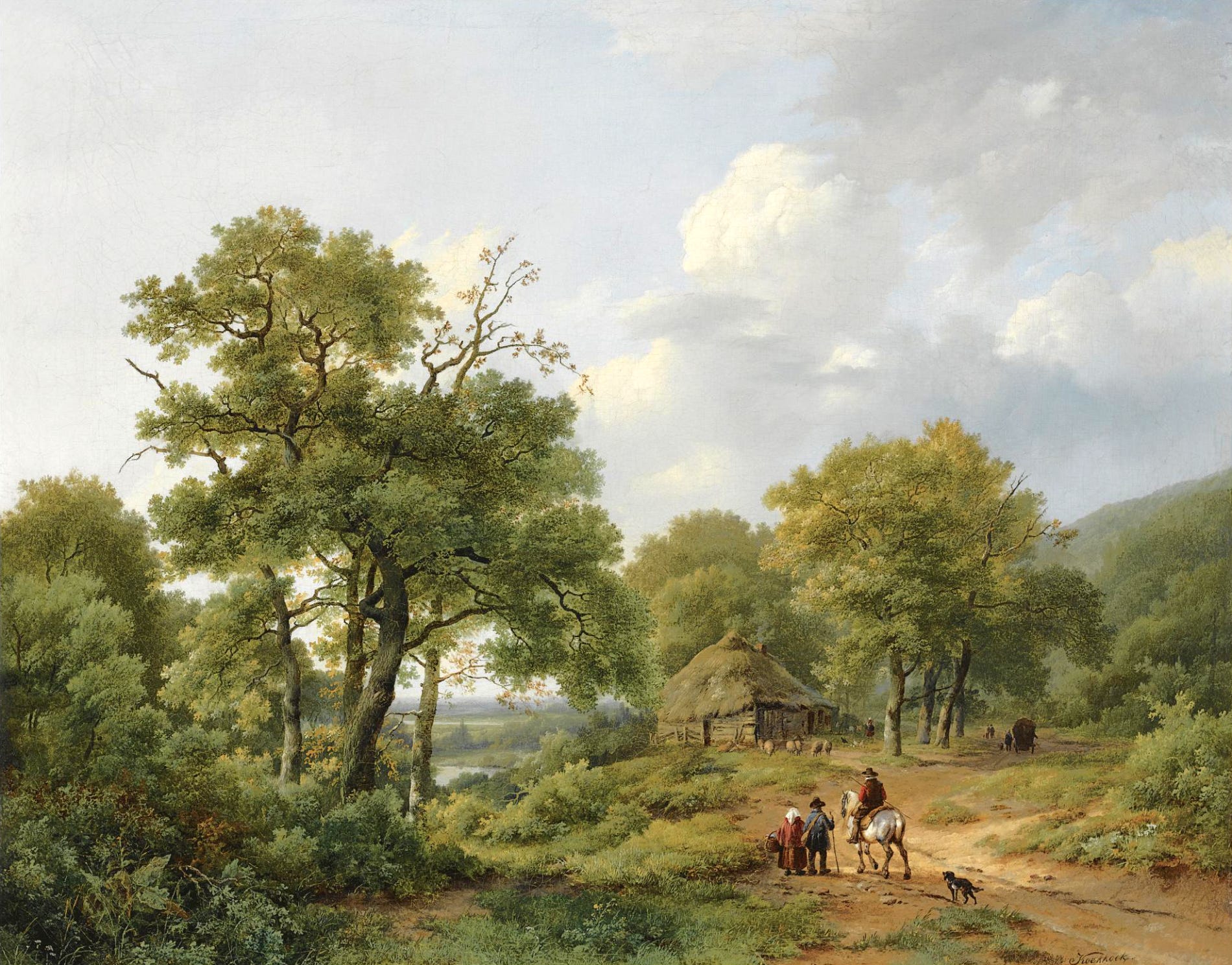Welcome to Ridgway’s Notebook, where we offer penetrating essays on military history. Told through the World War II experiences of General Matthew Ridgway and the 82nd Airborne Division, we illustrate some of the similarities between the questions asked by officers of the 82nd yesterday and today—and dissect how they came to be.
In Holland there were two roads, and in them, meaning. To each who treaded their ground, the roads represented something beyond what the eye could see. To the vacationers who frequented the Berg-en-Dal region, the green, hilly forests and lowland water features that enveloped them represented something evident. A pleasant journey. Recreation. But that was in happier times.
To the soldiers of the 504th Parachute Infantry, they represented the teeth of the German defense, a more sinister terminus.
To the enemy, they symbolized tanks.
To them, these two roads were the center of gravity. From the Volturno to Sessano, every major action the 504th fought against the Germans was defined in some way by their foe’s fear of tanks. The Germans viewed corking the roads as keeping the offensive in the bottle. Nothing that bordered these two roads was suitable for tanks. As autumn fell on the Dutch countryside, so did the rain, saturating the acreage past Im Thal, which sat on one of those roads.
Hi, there. If you haven’t caught the companion piece “Fields of Fire,” about the hamlet of Im Thal, you may do so by clicking here.
But even in dry seasons, the environs of the Nijmegen-Cleve Road was unsuitable for tanks. Up until a certain point. And the Germans were tenacious at controlling that point. On the Nijmegen-Cleve Road, there was an artificial “Im Thal” that sucked the fighting to it. In a copse of trees, some felled, the Germans constructed a road block. Explaining its significance and construction any further would be futile. One could not paint it with words any more adroitly than PFC David Whittier who was there. Anything less than a reproduction of his April 1945 Infantry Journal article would be a disservice.
Division Wants Prisoners: Patrol Along the Wyler Meer
By Private First Class David H. Whittier
Ordinarily a local patrol action is not an operation involving detailed planning and a complicated arrangement of massed artillery coordination. Occasionally, however, a closely knit well organized system of defenses manned by an alert enemy requires that such measures be taken if the patrol is to attain any degree of success. One month after the 82d Airborne Division had landed in Holland by parachute and glider the 504th Parachute Infantry found themselves confronted with a situation that demanded some drastic modifications in their accustomed patrolling technique.
At the time the 504th was holding the heavily wooded high ground in the vicinity of Berg en Dal, Holland-Germany, overlooking the flat, ditch-laced lowlands that run on to Arnhem to the north and Cleve to the east. The rapid flowing water of the lower Rhine churned an S-like course along the limit of our left flank. At the food of our wooded plateau lies the Wyler Meer, a shallow, elongated body of water, the west shore of which formed the front line of four-fifths of the regimental sector.
Our only avenue of entry into the German line lay along that one-fifth of our sector that was not fronted by water. Every patrol that left our lines, of necessity, had to pass through this area. With five or six patrols moving out each night, this particular sector of the front became about as busy as Macy’s basement in the days before Christmas. Each successive patrol ran into heavier oppositions from the enemy, and each had a shorter distance to cover before they tangled with machine guns, machine pistols, mine fields and barbed wire. In short, the enemy had developed their defenses to such a point that our patrols were getting nowhere. Every night they went out and every night they returned with the same information — enemy contacted, engaged in fire fight, casualties inflicted, but no prisoners taken. Always it was the same — no prisoners taken, and a prisoner was what we wanted more than anything else. Enemy defenses were sprouting up like mushrooms during the night and we had to find out what it all meant — the sort of thing that a Kraut PW might be able to tell us.
Division was becoming most insistent on the subject of PWs. Our capture of an enemy solider became an A-1 priority. Something had to be devised that would get results or our fondly held reputation as one of the toughest parachute regiments in the Army would soon become a hallow phrase.
The routine patrol plans hadn’t worked. A new plan had to be evolved, so one morning it was decided to try a daylight patrol that afternoon just before dusk. Previously any movement through the enemy lines during the day had been regarded as suicidal, but in desperation headquarters would try it — daylight being selected in order that the mine fields might be more safely penetrated. Every weapon at our disposal that could conceivably aid in the success of the sally would be brought into play, for this was to be no ordinary raid, but a high-powered, concentrated effort with just one objective — the capture of a prisoner.
To hear about the paratroopers’ theft of a German, stay tuned for next week.



